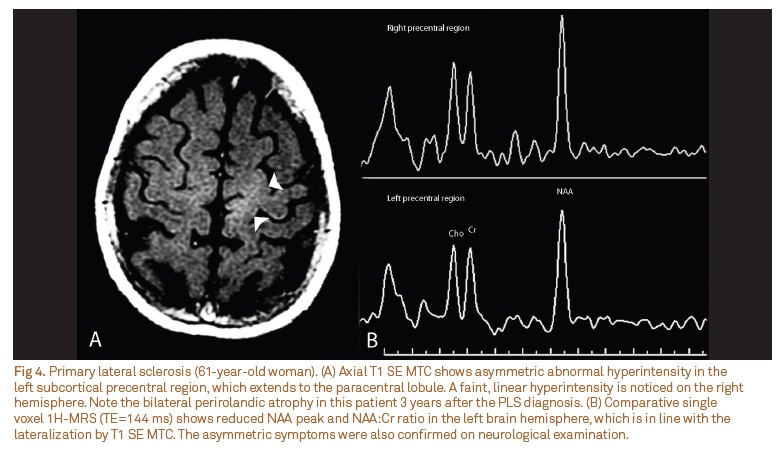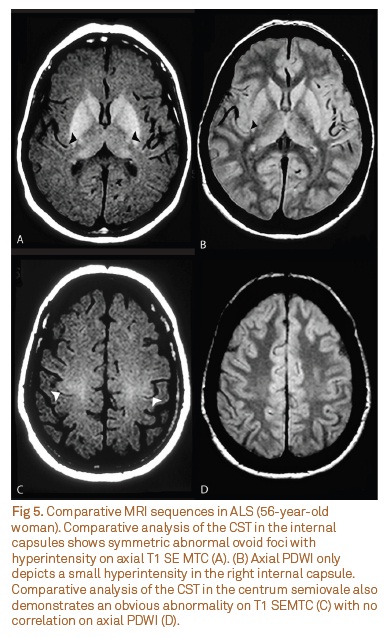Amyotrophic lateral sclerosis (ALS) is a fatal neurodegenerative disease that affects motor neurons in the cerebral cortex, brainstem, and spinal cord, brain regions in which conventional magnetic resonance imaging is often uninformative. Although the mean time from symptom onset to diagnosis is estimated to be about one year, the current criteria only prescribe magnetic resonance imaging to exclude "ALS mimic syndromes". Extensive application of non-conventional magnetic resonance imaging (MRI) to the study of ALS has improved our understanding of the in vivo pathological mechanisms involved in the disease. These modern imaging techniques have recently been added to the list of potential ALS biomarkers to aid in both diagnosis and monitoring of disease progression. This article provides a comprehensive review of the clinical applicability of the neuroimaging progress that has been made over the past two decades towards establishing suitable diagnostic tools for upper motor neuron (UMN) degeneration in ALS.
amyotrophic lateral sclerosis; primary lateral sclerosis; diffusion tensor imaging; proton spectroscopy; magnetic resonance imaging





